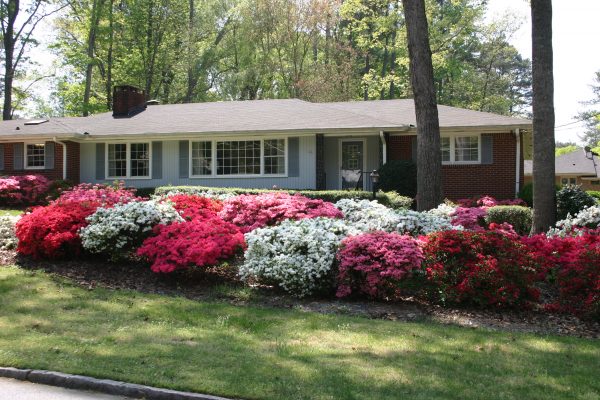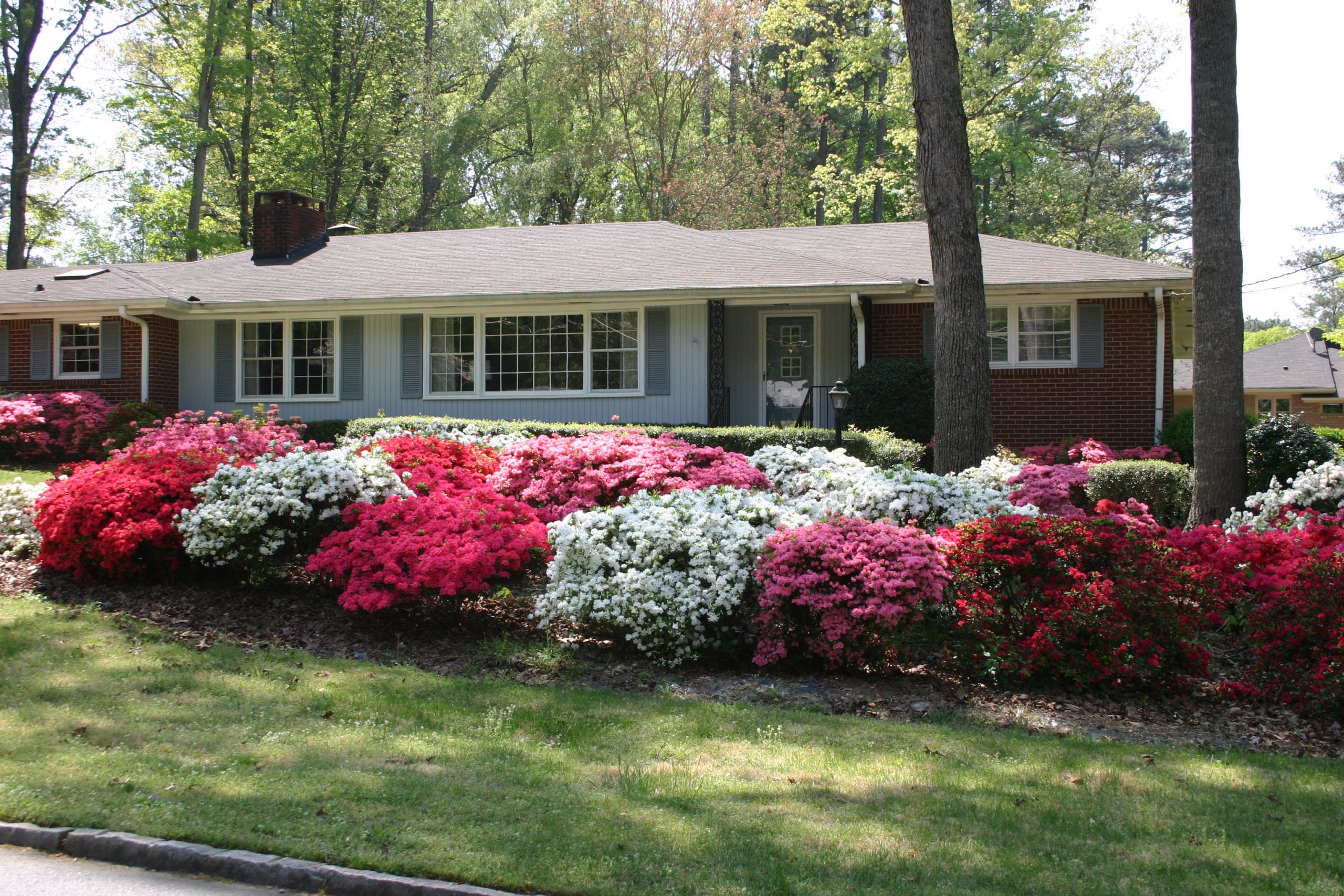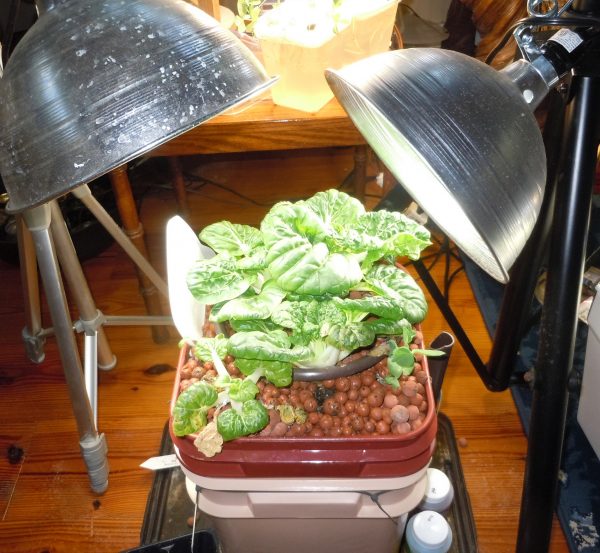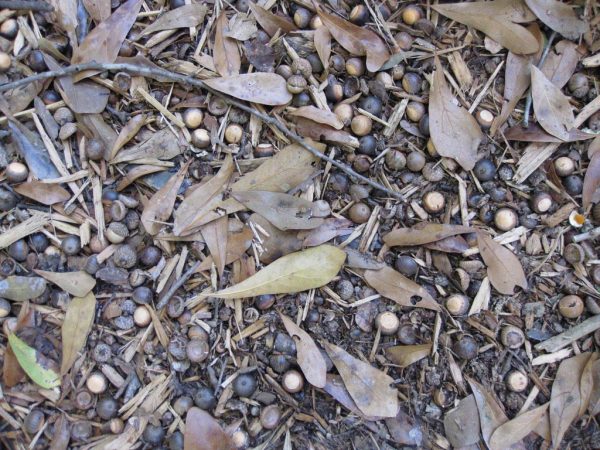Landscape – Planning Your Own

A few weeks ago I received a question common to many at this time of year.
“We are very interested in landscaping our yard and have consulted with a few companies to do the preparation and planting. The cost is astronomical! We would like to know how you would recommend starting a landscaping project.”
My horticultural talents are not in the design area but I have a wonderful group of Master Gardeners who help me answer e-mailed garden questions. They are all talented garden designers so I posed J.’s question to them.
Their replies were enthusiastic, practical and detailed. So detailed, in fact, that I’m going to split their answers into two columns. This week we’ll learn how to get started. Next week I’ll cover many of the free and inexpensive resources a budding amateur landscape designer can find locally.
DO YOUR HOMEWORK Theresa Schrum says that the first phase of planning a landscape should involve self-examination:
1. Determine how you want to use your landscape. Will it be for entertaining, kids play area, pet area, curb appeal or a combination of these? Can you divide the landscape into separate areas for separate functions? For instance, the front landscape might have plenty of flower beds, to enhance curb appeal. However, the pet area in the back yard might have few beds unless they could be fenced away from the paws of your pet.
2. Determine how much time you can honestly devote to landscape maintenance. Pictures in garden magazines are tantalizing but unless the caption specifically mentions low maintenance you can be assured that someone spent a lot of time achieving and maintaining the effect.
Sharon Entin-Roth advises that your initial organization is important. Her suggestions?
1. Get a spiral-bound notebook just for this project (one with inside pockets to keep plant tags, pictures, receipts, etc.) Take clear photos of the area(s) of highest priority from different angles. When you go to the garden center to begin shopping, they will be invaluable to the nursery staff.
2. Do a rough sketch of your yard. Know where north, south, east, and west are and note which way your house faces. Remember to note on your sketch where existing plant material is located, especially large trees.
3. Know that Atlanta is hardiness zone 7. As you look through magazines for ideas, keep in mind that any look can be duplicated but plants may need to be substituted to suit our zone
DESIGN Shannon Pable gets us into the meat of our task: the design. She gives the following seven tips:
1. Decide on your garden style: formal, natural, small garden rooms, large open areas, etc.
2. Keep in mind functionality and serviceability; i.e. a pathway for the lawn mower, location of spigot(s), accessibility to plants for pruning, etc. Call all of your utility companies. Have them come mark the locations of all underground pipes and wires so you’ll know where not to put the hot tub.
3. Design for year round color/texture. Start with evergreen foundation plants, then add deciduous trees and shrubs, finally fill in with perennials and annuals. Implement a water efficient landscape by using heat and drought tolerant native species.
4. Place large deciduous trees on south side of house; this will shade the home in the summer and allow sunshine to heat up the home in winter.
5. Plant in odd numbers. Group smaller plants. Only accent plants should stand alone.
6. Keep your landscape flowing and unified by occasionally repeating plant groupings. Create a clean edge on all your borders, walkways, islands, etc.
7.Know the mature size of your plant material. You don’t want to plant a Leyland Cypress next to your mailbox or under your electric service lines.
BORROWED VIEWS? Stacy Freeman says that it is not illegal to “borrow” views that are not on your lot. Walk around your lot several times and note on your sketch the views that should not be screened by the plants you install.
On the other hand, there may be areas where you’d would like to screen off views of neighboring property (or screen their view of you). Screen plants should be carefully chosen. Will they thrive in the spot where you need them? Are they invasive, like bamboo? Can you afford to purchase a plant large enough to give screen quickly? Would erecting an attractive fence be just as useful?
The tips I’ve outlined barely scratch the surface of what you need to think about when designing a landscape. Don’t let the process overwhelm you. Each of the steps above is common sense advice that anyone can follow, taking their time while progressing week by week. You can start in one small area of your yard and move to others as you gain confidence.
MORE INFORMATION:
Resources for Planning your Own Landscape

azalea beds

















